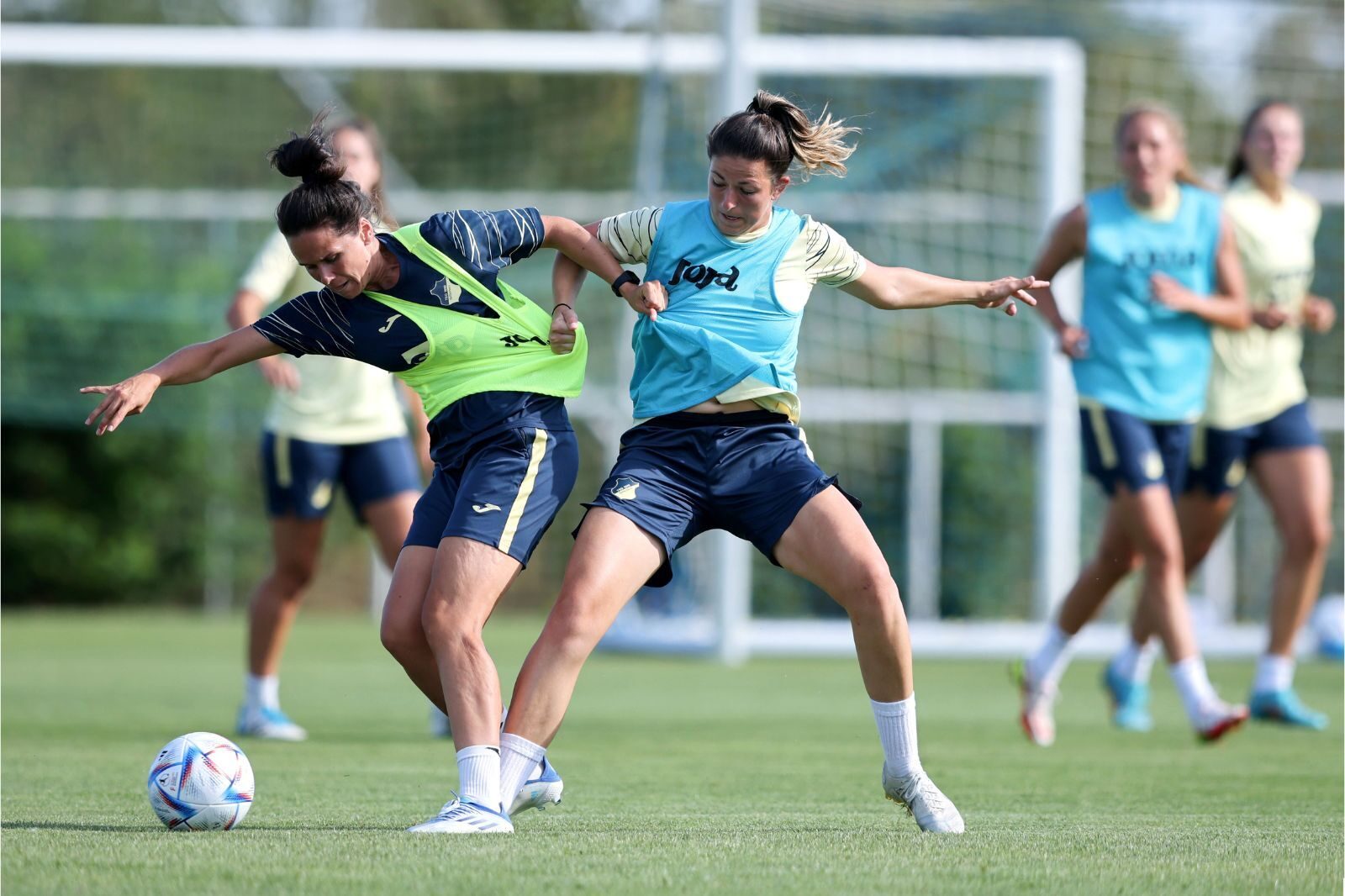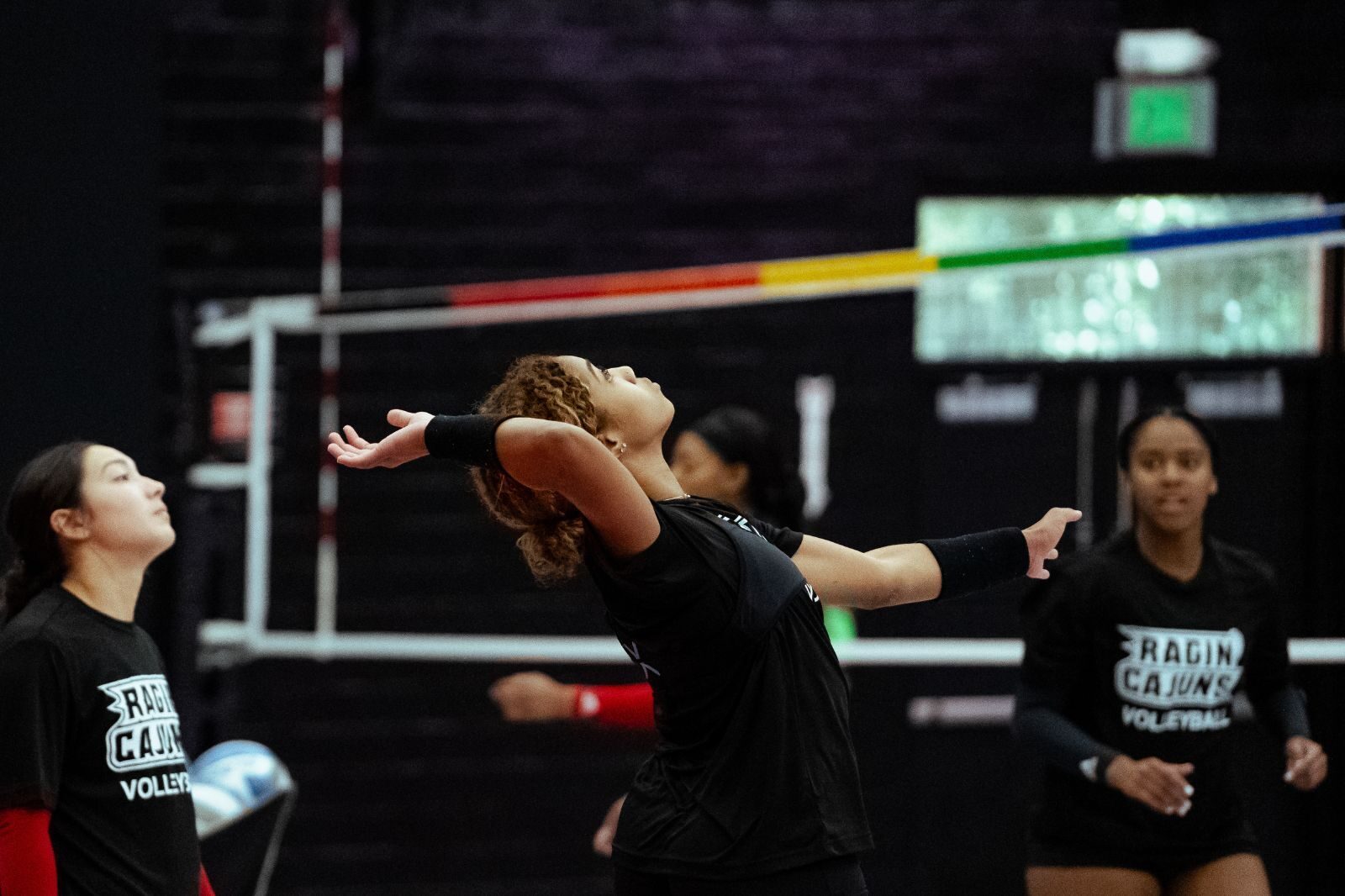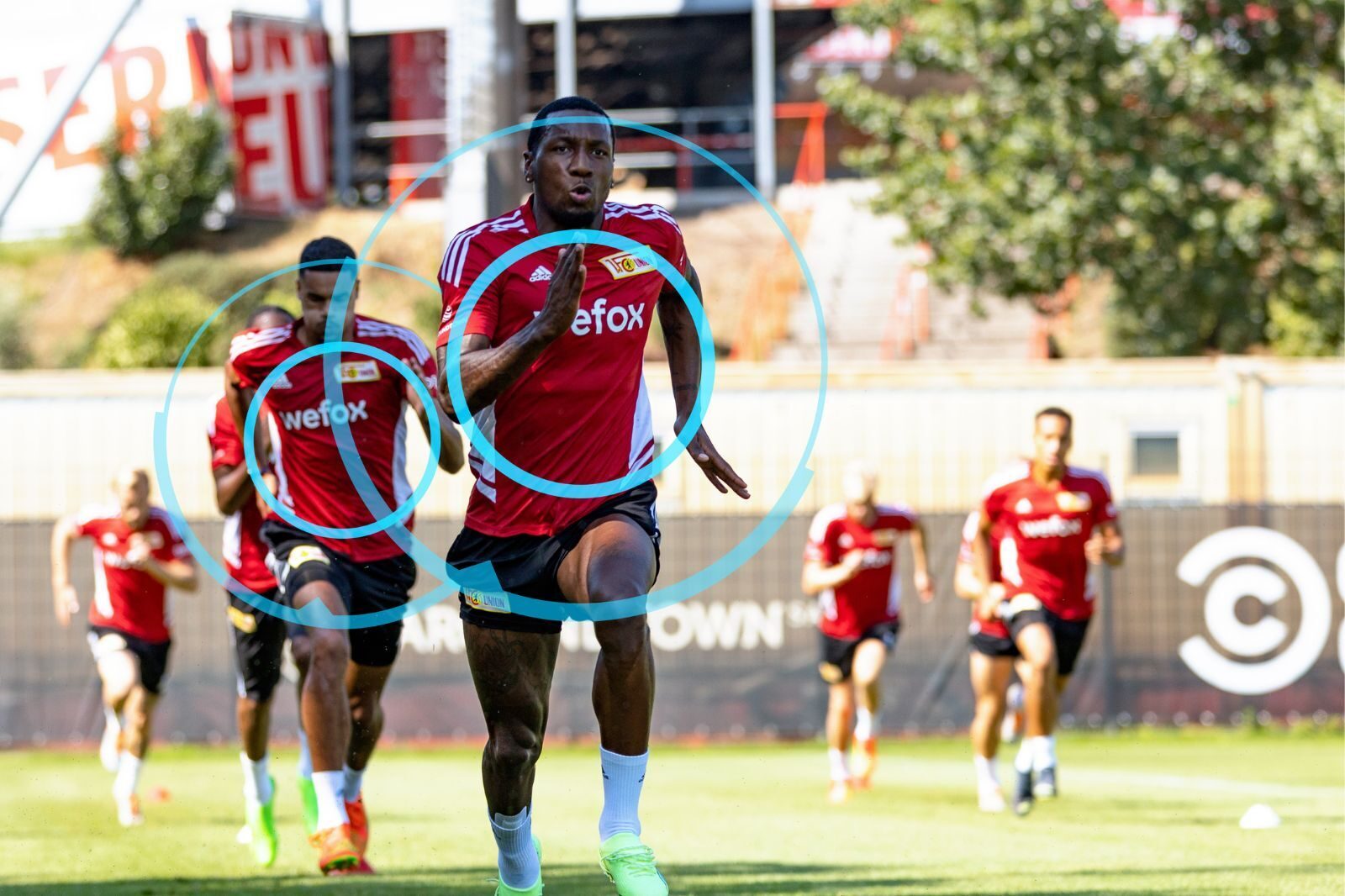Athletic Performance: Why is it Important to Understand and Track Acceleration?
Athletic ability is often associated with an athlete’s explosive speed and acceleration. That’s why acceleration is often called one of the cornerstones of excellence in athletic performance. But did you know that it can be improved with the right tools and training methods?

As a coach, part of your job is to teach optimal techniques and correct mechanics.
By tracking acceleration metrics, your job gets easier because the metrics provide insights that help you to fine-tune training programs, address weaknesses, and guide athletes toward peak athletic performance.
So, let’s look at the science behind it, explore best practices, and find out how to equip yourself with the tools to enhance acceleration.
What Is Acceleration?

Acceleration is a fundamental skill across various sports, from soccer to basketball, and it plays a crucial role in overall athletic performance. It’s referred to as the rapid increase in velocity or speed.
In the context of sports, it refers to how quickly an athlete can increase speed — whether it’s sprinting, changing direction, or getting into position.
Why Is Tracking Acceleration Important?

Acceleration is the gateway to speed. It’s that initial burst of energy that propels an athlete forward. But the advantages it creates don’t stop there.
Performance Enhancement:
Athletes who can create separation, or accelerate swiftly and run down an opposing player, all share a competitive edge.
It impacts crucial moments — like a soccer player sprinting to intercept a pass or a basketball player driving to the basket. It can instantly turn a game around.
Load Management:
Coaches need to monitor athletes’ workload to reduce an injury risk and optimize performance. Acceleration contributes significantly to the overall external load during training and games.
By tracking it, coaches can fine-tune training programs and manage fatigue.
Accumulated Acceleration Load (AAL)
AAL quantifies the cumulative effect of rapid accelerations and decelerations during both training and games. It considers the energetic load placed on athletes during explosive movements. Think of it as the total “wear and tear” resulting from all those quick bursts of speed.
How KINEXON Sports Helps Coaches Track Acceleration

Remember, acceleration isn’t just about going faster; it’s about going smarter. And KINEXON Sports is helping coaches in many sports improve their players’ acceleration. Here’s how:
Wearable Technology:
KINEXON Sports implements wearable tracking devices equipped with GPS, IMU, and LPS technology. These devices capture real-time data on acceleration events during training and competition.
Clear Reporting Framework:
KINEXON provides coaches with a clear reporting framework for acceleration variables. Researchers and practitioners can access different metrics and calculation processes. This ensures consistency and accuracy in quantifying acceleration loads.
Easy-to-Read Dashboards

Understanding acceleration and effectively tracking can significantly impact an athlete’s performance and overall well-being. Whether you’re a coach, an athlete, or a sports fan, having an easy-to-read display of the information is a key component to success on the field or court.
If you’re interested in learning more about acceleration, how to track it, and how it can help your team improve, contact us at any time.
You can also check out our free guide that helps to explain the connection between athletic performance training and managing workloads.














